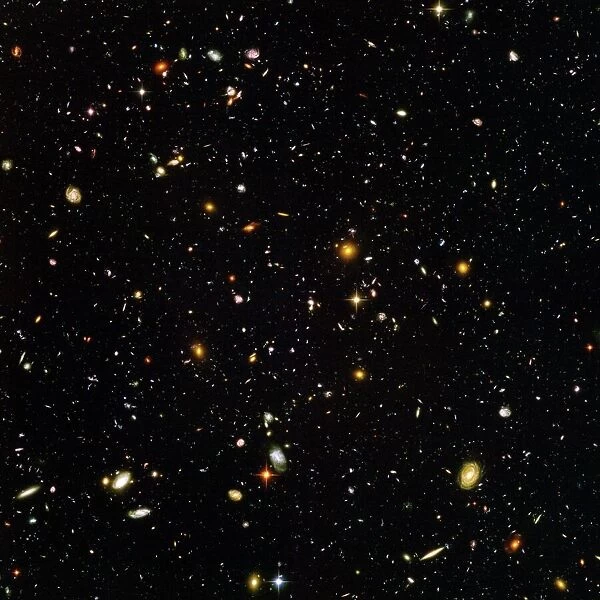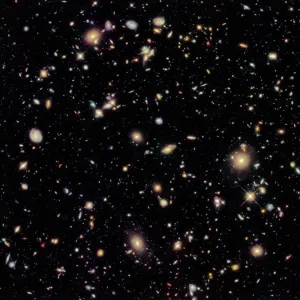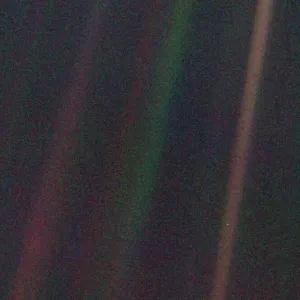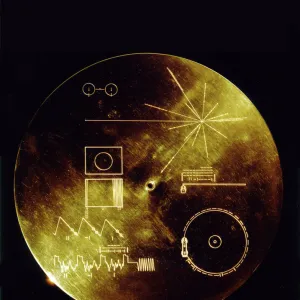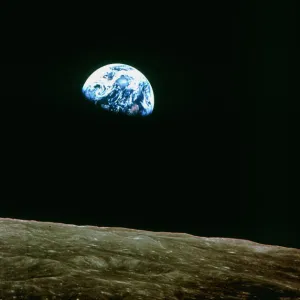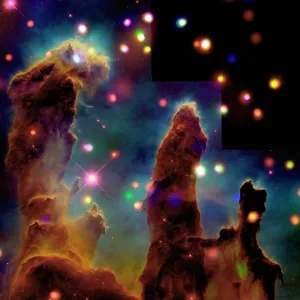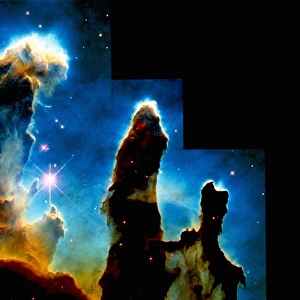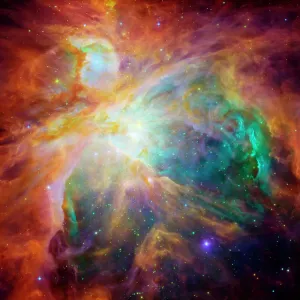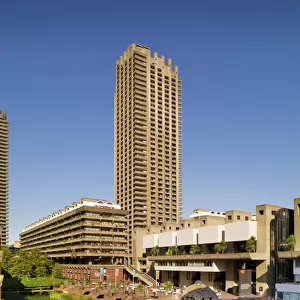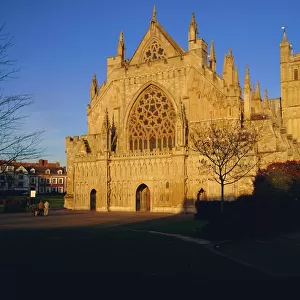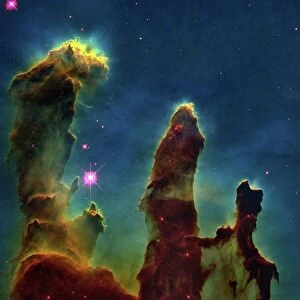Home > Science > Space Exploration > Galaxies
Hubble Ultra Deep Field galaxies

Wall Art and Photo Gifts from Science Photo Library
Hubble Ultra Deep Field galaxies
Ultra Deep Field galaxies. Hubble Space Telescope Ultra Deep Field, the deepest view ever taken of the universe in 2004. Each dot of light is a separate galaxy. Some of these are amongst the most distant objects ever seen, over 13 billion light years away, and thus over 13 billion years old. To detect these extremely faint galaxies, the HST focused its ACS and NICMOS cameras on an apparently empty patch of sky for one million seconds. The infrared NICMOS data shows galaxies at a redshift of up to 12, which were among the first objects to form in the universe after its birth 13.7 billion years ago
Science Photo Library features Science and Medical images including photos and illustrations
Media ID 6426797
© NASA/ESA/STSCI/S.BECKWITH, HUDF TEAM/ SCIENCE PHOTO LIBRARY
Astrophysical Astrophysics Birth Cosmological Cosmology Cosmos Creation Deepest Developing Development Early Formation Forming Galactic Galaxies Galaxy Hubble Space Telescope Oldest Universe V Iew Young Youngest
FEATURES IN THESE COLLECTIONS
> Science
> Space Exploration
> Galaxies
> Science
> Space Exploration
> Hubble Telescope
EDITORS COMMENTS
This print showcases the Hubble Ultra Deep Field galaxies, offering a mesmerizing glimpse into the vastness of our universe. Taken by the Hubble Space Telescope in 2004, this image represents the deepest view ever captured of our cosmos. Each tiny dot of light depicted here represents a separate galaxy, with some being among the most distant objects ever observed. These galaxies are located over 13 billion light years away from us, meaning that their light has taken more than 13 billion years to reach our eyes. Consequently, they provide us with a unique window into the early stages of our universe's formation and development. To capture these incredibly faint galaxies, the Hubble Space Telescope focused its ACS and NICMOS cameras on what appeared to be an empty patch of sky for an astounding one million seconds. The resulting infrared NICMOS data revealed galaxies at redshifts up to 12 - some of the first objects to form after the birth of our universe approximately 13.7 billion years ago. This awe-inspiring photograph not only highlights humanity's remarkable advancements in astronomical observation but also serves as a testament to our insatiable curiosity about how everything came into existence. It reminds us that we are part of something much larger than ourselves and invites contemplation on questions surrounding cosmic origins and evolution.
MADE IN AUSTRALIA
Safe Shipping with 30 Day Money Back Guarantee
FREE PERSONALISATION*
We are proud to offer a range of customisation features including Personalised Captions, Color Filters and Picture Zoom Tools
SECURE PAYMENTS
We happily accept a wide range of payment options so you can pay for the things you need in the way that is most convenient for you
* Options may vary by product and licensing agreement. Zoomed Pictures can be adjusted in the Cart.

